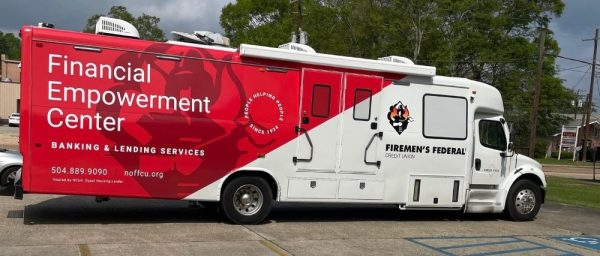Three Ingredients for a Successful Vehicle Remarketing Program
Travis Credit Union shares three practices for structuring a remarketing program.
Travis Credit Union shares three practices for structuring a remarketing program.
Like everything else in Texas, indirect auto lending is big. Find out how one credit union successfully broke the mold of the typical Texan program.
A car. An education. A home. Wright-Patt helps its members live their lives.
SECU’s green car loan fills a niche for environmentally conscious members. That segment of the credit union’s billion-dollar-plus auto loan portfolio also happens to perform well.
Sticking to its roots kept this New Jersey credit union standing firm in uncertain times.
Affinity FCU demonstrates that sticking by their membership, in good times and bad, can lead to phenomenal growth—even when the competition comes roaring back.
Spokane Teachers Credit Union snagged $20 million in rescued auto loans through a 1% cash back campaign.
North Dakota credit union members might travel the map to find the perfect car, but they don’t want the runaround in financing it.
Arlington Community Federal Credit Union (ACFCU), a $188 million credit union with 36 percent of its portfolio in auto loans, created an innovative program to educate Gen Y about the car buying process.
After reconfiguring their branch network and average branch size, Keypoint Credit Union, has seen significant increases in member relationships and a strong member migration to the online channel for transactions.

CreditUnions.com revisits three credit unions to learn how their strategies have evolved since their original spotlight and see what’s in store for the future.

A national leader in urban agriculture shows how front-line insights drive real local impact — and why credit union branches are perfectly positioned to do the same.

Kirtland Credit Union’s five-tiered scoring system and rigorous approval process might look like red tape, but it’s streamlining resource allocation and improving efficiency for credit union for growth.

Half of Americans feel financially secure, yet one in five is suffering. A consortium of credit unions is changing the narrative by focusing on emotional engagement and trust.

Six credit union leaders share how they are balancing innovation and governance while deploying new tools.

Six credit union leaders share how they are balancing innovation and governance while deploying new tools.

After an anxious 2025, CFOs and observers across the industry are preparing for the year ahead — for better or for worse.

Quality payments are a hallmark of the ACH Network. Follow the rules and do right by members.

The next big storm in the Gulf isn’t an “if,” it’s a “when,” but the small Gulf-area credit union has a plan to help the community get back on its feet when the time comes.

Craft breweries demonstrate how commitment to value, operational agility, and community focus can ignite growth and drive property.